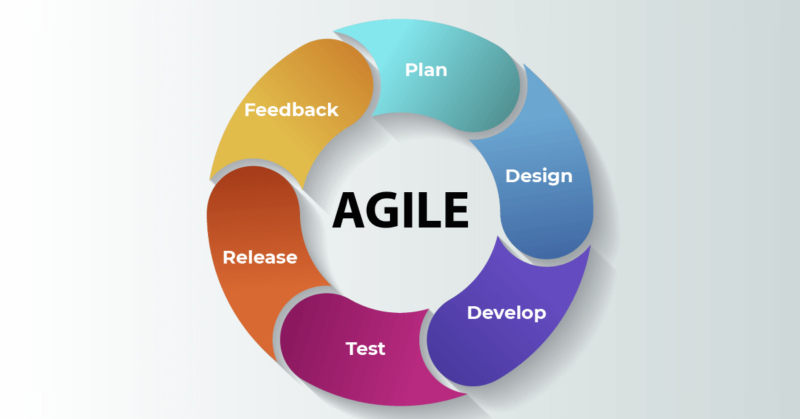Agile Feedback Loops: Unraveling the Agile Feedback Mechanism
In the fast-paced realm of Agile methodology, the concept of feedback isn't just a checkpoint; it's a fundamental driving force for continuous improvement. Let's take a closer look at the Agile feedback mechanism, a dynamic process that underpins the Agile philosophy, shaping it into a framework known for adaptability and responsiveness.
Understanding Agile Feedback
At its core, the Agile feedback mechanism operates on the principle of short and iterative cycles. These cycles, often referred to as feedback loops, play a crucial role in keeping development teams agile—quick to adapt and refine based on real-time insights.
The Agile Feedback Loop: A Continuous Cycle
The Agile feedback loop comprises four essential stages: Plan, Do, Check, and Act (PDCA). In the planning phase, teams set objectives and outline tasks. During execution (Do), these tasks are implemented. The crucial feedback moment happens in the Check phase, where results are evaluated against goals. Finally, in the Act phase, adjustments are made based on the feedback received.
Real-Time Adaptations
Unlike traditional methodologies with lengthy feedback cycles, "What is Agile" thrives on immediate insights. This real-time adaptability ensures that teams can swiftly respond to changing requirements, customer feedback, or unexpected challenges. The Agile feedback mechanism thus becomes a compass, guiding teams toward optimal project outcomes.
Cross-Functional Collaboration
In Agile, feedback isn't a one-way street—it's a collaborative effort. Cross-functional teams actively engage in discussions during retrospectives, sprint reviews, and daily stand-ups. This collective approach fosters an environment where everyone's perspective is valued, leading to more comprehensive and insightful feedback.
Continuous Improvement
The Agile feedback mechanism isn't just about fixing errors; it's about continuously refining and enhancing processes. By embracing a culture of continuous improvement, Agile teams ensure that each iteration builds on the lessons learned from the previous one.
Tools for Agile Feedback
Various tools support the Agile feedback mechanism, including retrospective meetings, customer feedback sessions, and collaborative platforms. These tools facilitate efficient communication and ensure that feedback is captured, shared, and acted upon promptly.
Conclusion
In the Agile landscape, the feedback mechanism isn't a mere formality—it's the beating heart that propels projects forward. Understanding and optimizing the Agile feedback loop empowers teams to embrace change, improve collaboration, and deliver exceptional results in a landscape where adaptability is key. As Agile practitioners, let's appreciate the transformative power embedded in these feedback loops, making Agile not just a methodology but a mindset of continual enhancement and excellence.

Comments
Post a Comment